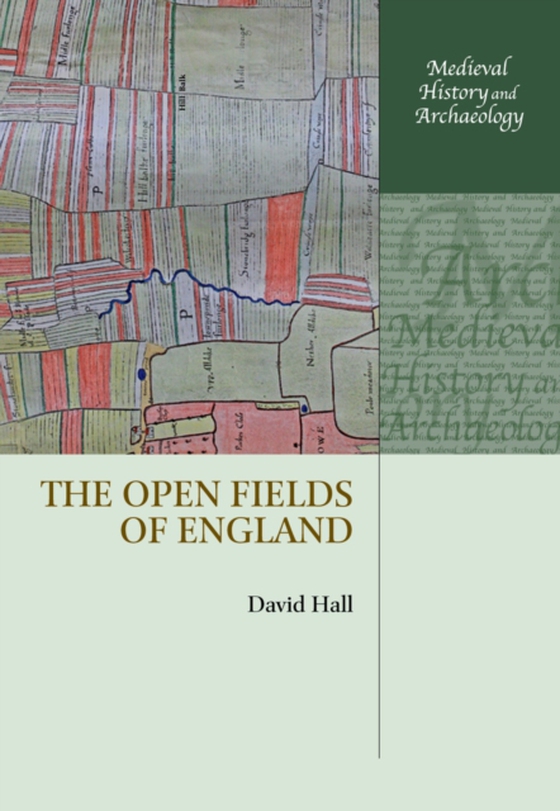
Open Fields of England e-bog
421,65 DKK
(ekskl. moms 337,32 DKK)
The Open Fields of England describes the open-field system of agriculture that operated in Medieval England before the establishment of present-day farms surrounded by hedges or walls. The volume encompasses a wide range of primary data not previously assembled, to which are added the results of new research based upon a fifty-year study of open-field remains and their related documents. The wh...
E-bog
421,65 DKK
Forlag
OUP Oxford
Udgivet
19 juni 2014
Længde
448 sider
Genrer
1DBKE
Sprog
English
Format
pdf
Beskyttelse
LCP
ISBN
9780191007460
The Open Fields of England describes the open-field system of agriculture that operated in Medieval England before the establishment of present-day farms surrounded by hedges or walls. The volume encompasses a wide range of primary data not previously assembled, to which are added the results of new research based upon a fifty-year study of open-field remains and their related documents. The whole of England is examined, describing eight different kinds offield-system that have been identified, and relating them to their associated land-use and settlement. Details of field structure are explained, such as the demesne, the lord's land, and the tenants' holdings, as well as tenurial arrangements and farming methods. Previous explanations of open-field origins and possible antecedents to medieval fields are discussed. Various types of archaeological and historical evidence relating to Saxon-period settlements and fields are presented, followed by the development of a new theory to explain the lay-out and planned nature of many field systems found in the central belt of England. Of particular interest is the Gazetteer, which is organized by historic counties. Each county has a summary of its fields, including tabulated data and sources for future research, touching on the demesne, yardland size, work-service, assarts, and physical remains of ridge and furrow. The Gazetteer acts as a national hand-list of field systems, opening the subject up to further research and essential to scholars of medieval agriculture.
 Dansk
Dansk

